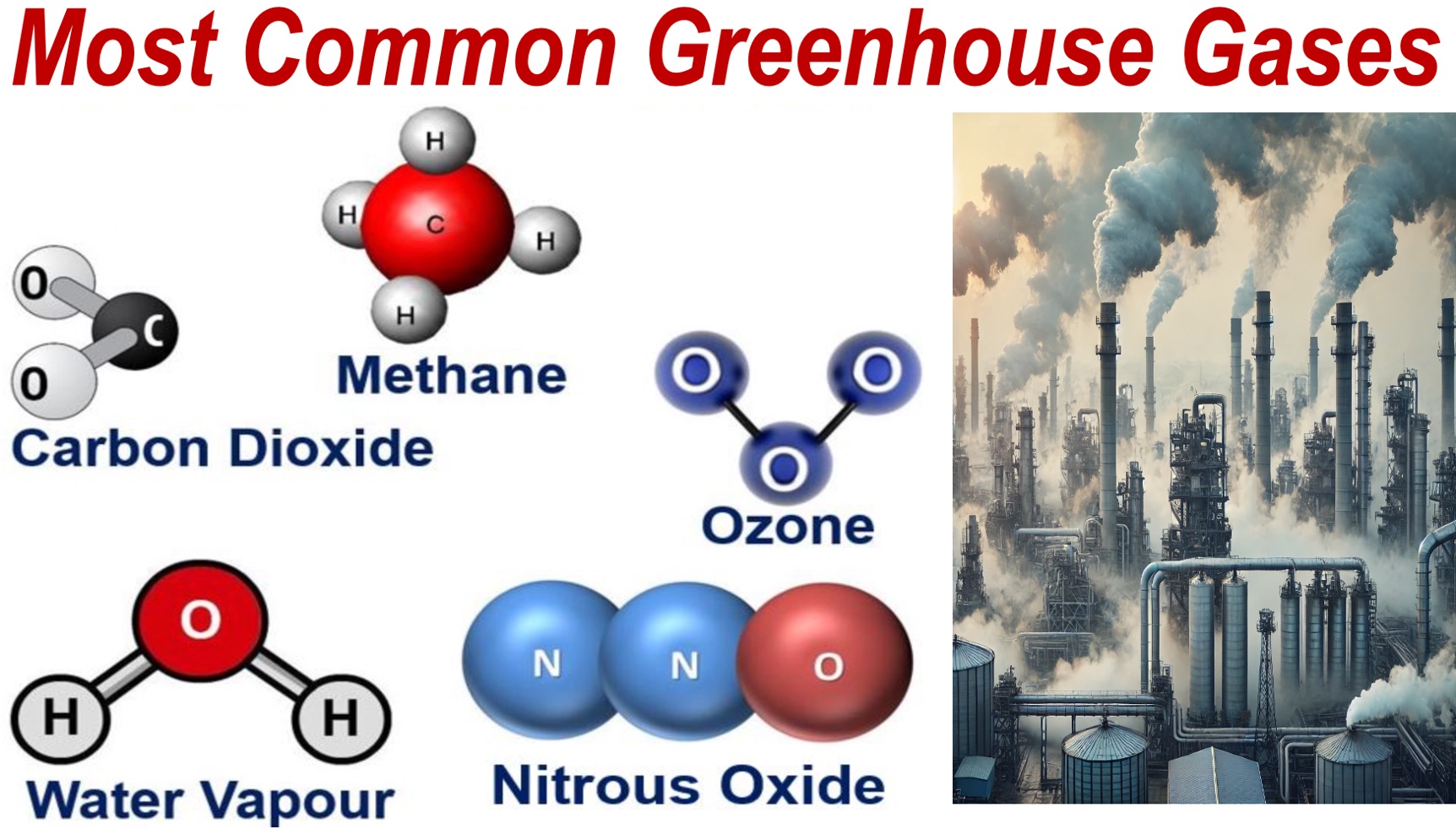A recent study provides a detailed roadmap for cost-effectively eliminating greenhouse gas emissions from the U.S. energy sector by 2050. The research offers valuable insights for policymakers and industry leaders on how to combat climate change effectively.
Multiple Paths to Decarbonization
“There is no single solution for decarbonizing our energy system,” explains Jeremiah Johnson, co-author of the study and a professor at North Carolina State University. “In reality, we have multiple technologies at our disposal. Our research helps to clarify these options and suggests how they can be prioritized.”
Aditya Sinha, the study’s lead author and research scholar at NC State, notes that various models attempt to pinpoint the most economical approach for decarbonization across sectors such as electric power, transportation, and industry.
However, according to Sinha, these models often struggle to account for the uncertainty inherent in complex systems. “There are many technologies that can assist in decarbonization, but it’s difficult to gauge the flexibility we have when determining which tools will lead to optimal results.”
Sinha and colleagues wrote about their research and findings in the prestigious, peer-reviewed academic journal Nature Communications (citation below).

Image created by Market Business News.
Flexibility in Achieving Near-Optimal Costs
Sinha suggests that instead of seeking a perfect solution, the focus should shift to identifying alternative paths that come very close to the lowest-cost option. In this study, “very close” was defined as within 1% of the ideal decarbonization cost.
To achieve this, researchers employed an existing model, Temoa, which typically identifies the least expensive route to decarbonization.
After determining the optimal cost, they added a 1% margin and reran the model over 1,100 times. Each time, they varied the model’s preferences for certain technologies to simulate human decision-making, which isn’t always driven by purely economic considerations.
“Our approach outlined a wide range of technologies that could eliminate greenhouse gas emissions while keeping costs within 1% of the optimal pathway,” says Sinha.
Four Categories of Decarbonization Technologies
The study’s findings fall into four key categories:
-
Commonly Adopted Technologies
These include solar and wind energy expansion and increasing energy storage on the power grid. These technologies appeared in nearly all scenarios.
-
Technologies to Reduce or Eliminate
The model consistently recommended reducing petroleum use in transportation and eliminating coal power unless carbon capture technology was applied.
-
Emerging Technologies with Uncertain Outcomes
These include options like direct air capture (removing carbon dioxide from the atmosphere) and hydrogen use in transportation and industry. The model’s scenarios varied in their reliance on these technologies.
-
Rarely Used, But Significant When Applied
Technologies like synthetic fuels made from carbon dioxide and coal power plants equipped with carbon capture were rarely used in the model but played a critical role when they were.
Sinha points out that the enormous range of potential outcomes required deep analysis to identify these categories.
What These Findings Mean for the Future
Johnson emphasizes the practical implications of the study’s findings, stressing the importance of facilitating broader adoption of Category 1 technologies.
He also calls for a planned transition away from Category 2 technologies and more research into the potential of Categories 3 and 4.
This research was supported by the Alfred P. Sloan Foundation and the Advanced Research Projects Agency – Energy under grant DE-AR0001471.
About Greenhouse Gases
A greenhouse gas is a gas in our atmosphere that absorbs and emits radiation, helping to keep our planet’s surface warm. Examples include carbon dioxide, methane, water vapor, nitrous oxide, and ozone.
There are also fluorinated gases like chlorofluorocarbons (CFCs) and hydrofluorocarbons (HFCs), which are synthetic and contribute to global warming despite being present in smaller quantities.
In one of our previous articles, we wrote:
“At the moment, environmentalists, other scientists, and a growing number of lay people worry that greenhouse gas concentrations are rising too high. The higher they go, the warmer our planet will get. If the ice in and around the North and South Poles melts, sea levels could rise considerably. If the polar caps melt, many low-lying coastal cities, towns and villages will be under water.”
Citation
Sinha, A., Venkatesh, A., Jordan, K. et al. Diverse decarbonization pathways under near cost-optimal futures. Nat Commun 15, 8165 (2024). https://doi.org/10.1038/s41467-024-52433-z
